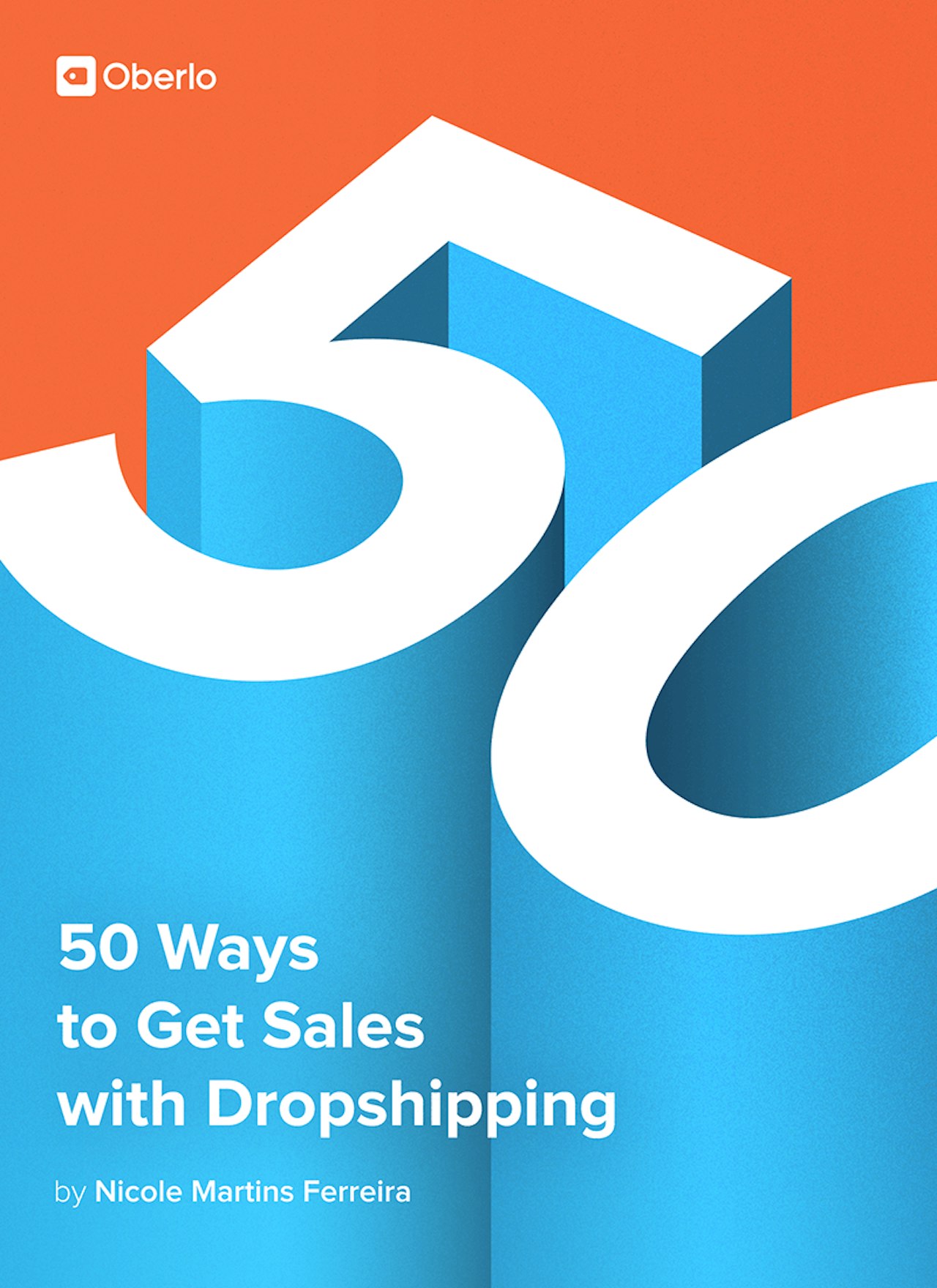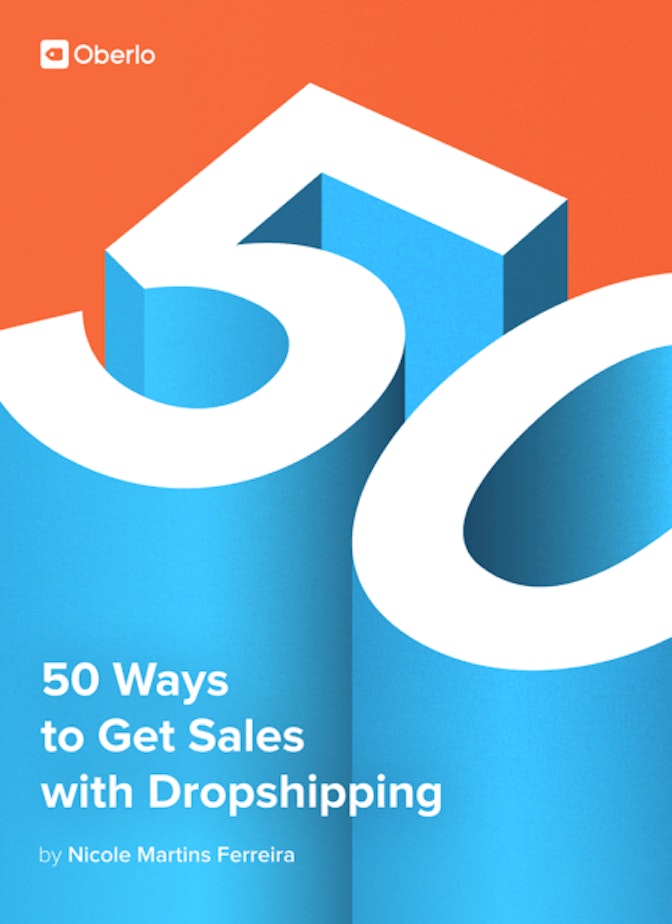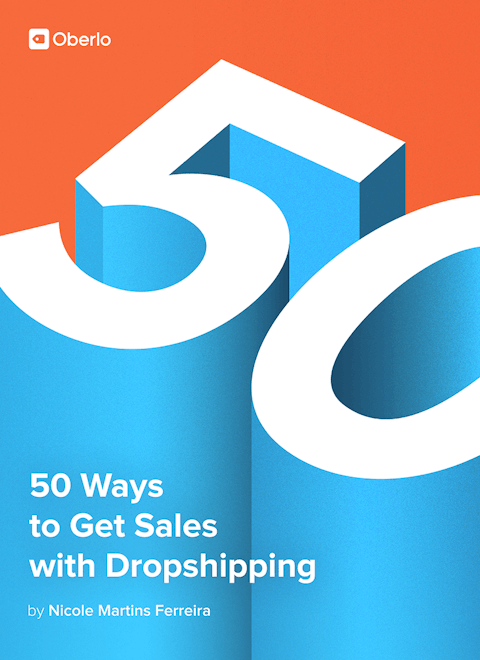Psychological marketing uses consumer behavior and consumer psychology to better position products and marketing campaigns.
By understanding the processes customers use to select, buy, and use products, we can create marketing campaigns to attract customers and products to satisfy their needs and wants. Why customers buy and why customers buy your products is usually influenced by their psychology and behaviour. There are several psychology and consumer behaviour tactics that online stores can employ to attract customers and help them make a purchase decision.
Neuromarketing Examples and Tips:
Price anchoring: Price anchoring uses the bias customers have when seeing a high price first, before seeing a lower price. Marketers use this when running sales. For example, we’ll see something like an original price that is crossed out ($120), with a much lower sale price under it ($39.99). The anchor price helps us believe the product is worth much more than it is, making the sale price seem that much more appealing.
Loss aversion: People prefer avoiding losses more than acquiring equivalent gains. For example, science has observed that for most people, it’s better to not lose $20 than to find $20. What this means for retailers is that it’s better to describe to customers what they lose if they don’t buy your product, rather than explaining what they would gain. This can be done in product descriptions, ad copy, and in your email marketing.
Risk reversal: Before a customer makes a purchase decision, a lot of questions go through their mind. “Can I trust this store? What if they don’t send the product? What if I don’t like the product?”. You can ease customer fears by reversing the risk. Put the risk on yourself instead of your customers. The most common ways to do this are with money back guarantees, free returns, and quality guarantees.
Fear of missing out: The fear of missing out, or “FOMO”, is the social anxiety people feel when they think they will miss out on an opportunity or event. For shopping, there’s usually the feelings of FOMO when there’s a sale ending soon, limited quantity of an item they want available, or a new trend that their friends are participating in. As a store owner, this means using things like scarcity and urgency, as talked about earlier, to entice customers to take action.
Social proof: Have you noticed that when a video has a lot of views you’re more likely to watch it? Or when an articles has a lot of shares you’re more likely to share it yourself? This is social proof at work. We often look to the actions of other people, or the masses, to determine our behaviour. As store owners, we can leverage this to get more customers to trust our brand, and purchase our products. Some of the ways are including share counts on product pages, displaying reviews of your product on the product page, and showing images of customers using your product.
Impulse: Many of the purchases made online today are low effort, don’t require a lot of thought, and are made quickly. Store owners can use impulse buys to help increase their average order value. For example, encourage customers to add an additional relevant product to their cart at checkout or in a follow up email. Alternatively, you can suggest similar or recommended products on the product page itself.
Compliance: or “Foot In The Door” is the idea that starting with a small ask, and building up to larger asks/favors, makes it much easier to get the other person to say “yes” than simply making the big ask immediately. For example, in 1966, a study done by Freedman and Fraser had people go door-to-door, asking residents if they could place a large sign on their front yard in support of safe driving. A majority of residents declined. However, when Freedman and Fraser asked people to sign a petition to support safe driving first, and a few weeks later, asked to place a large sign on the front yard of the people who signed the petition, a majority complied. The small initial ask helped with the second more intrusive ask. You can do this with your marketing when trying to sell more expensive products.
Emotional Marketing Tools:
FOMO is a social proof app. It shows customers who else has bought products from your store, how long ago they bought and where they’re from. Customers who see the pop-up on your store will realize how popular your store is. It can help give your brand a boost and some social validation to help you generate more sales.
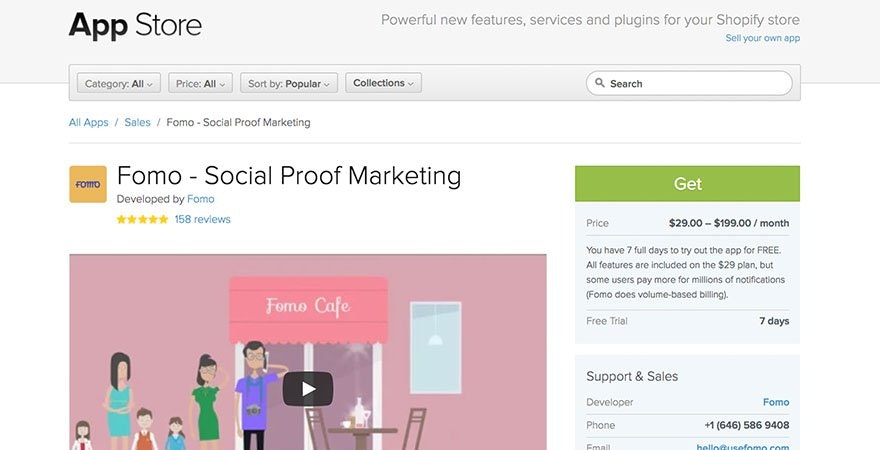
Hurrify is a countdown timer app that uses a combination of scarcity and urgency to help drive customers into an impulse purchase. When customers see a timer counting down they feel more pressured into making a quick decision. If they generally like the product and price, they’ll be more likely to purchase.
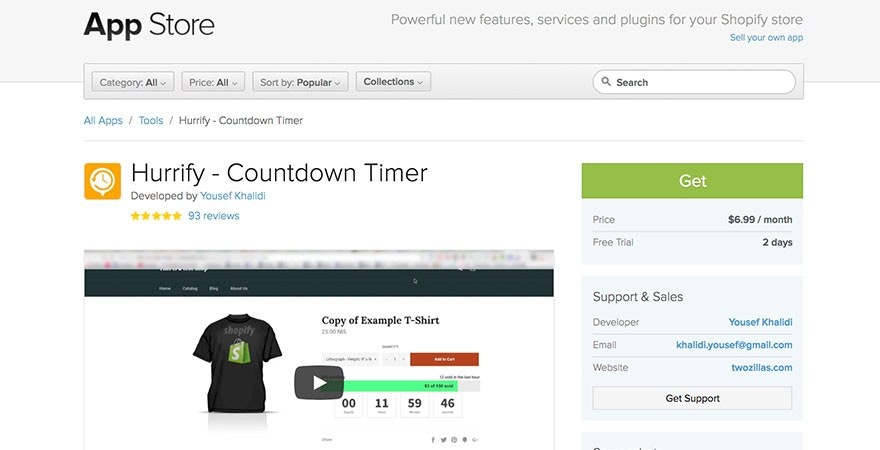
Neuromarketing Resources:
Emotional Persuasion 101: What It Is, Why It Matters, and How to Use It dives into the psychology of emotions. It breaks down how your customers make purchasing decisions to allow you to better market to them.
5 Psychological Design Tactics That Make Brains Tick and Visitors Click covers the five ways you can improve your design using color, by limiting options, humanizing the brand and more.
